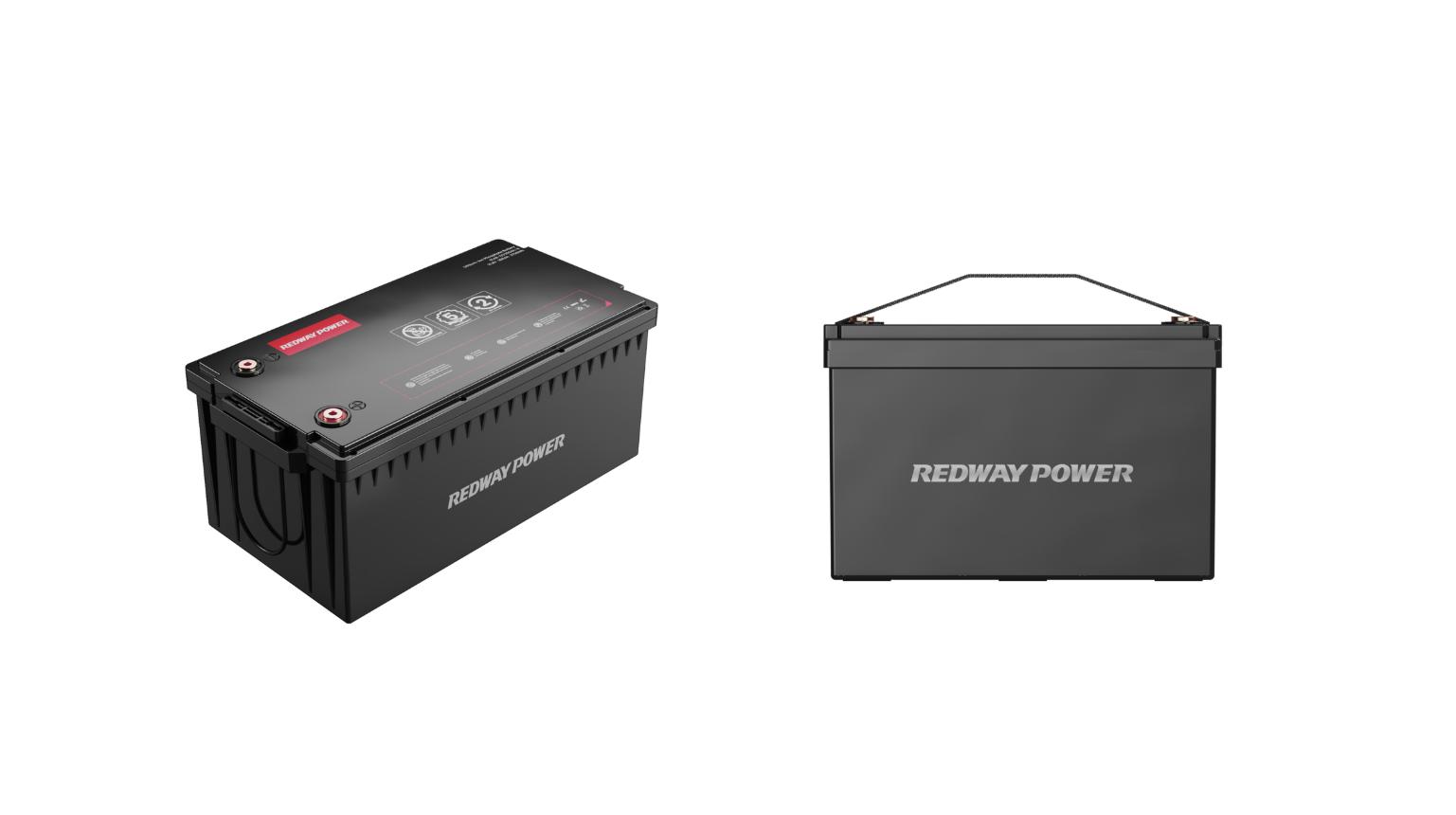
Understanding LiFePO4 Batteries: Key Information and Considerations
LiFePO4 batteries are prized for their safety, long cycle life, and environmental friendliness. Key considerations include using proper chargers, maintaining suitable temperature conditions, and ensuring the battery’s capacity and discharge rates match application needs, making them ideal for reliable and sustainable energy solutions.
How Do LiFePO4 Batteries Provide Enhanced Safety?
LiFePO4 batteries use a stable lithium iron phosphate cathode that resists thermal runaway and overcharging. This enhanced chemical stability greatly reduces fire risks compared to other lithium-ion chemistries. The solid structural integrity makes them reliable for applications demanding safe, long-lasting energy storage.
What Is the Typical Lifespan of LiFePO4 Batteries?
These batteries typically provide between 2,000 and 5,000 charge-discharge cycles, far exceeding many traditional batteries. Long lifespan translates into fewer replacements and better cost-effectiveness over time, particularly in renewable energy and electric vehicle applications.
How Are LiFePO4 Batteries Environmentally Beneficial?
LiFePO4 chemistry avoids toxic heavy metals like cobalt and nickel, which are environmentally hazardous and less sustainable. The batteries are also recyclable and non-combustible, aligning with global eco-friendly regulations and initiatives.
Why Is Using a Specific LiFePO4 Charger Important?
LiFePO4 batteries require dedicated chargers with precise voltage and current settings—typically around 14.4 to 14.6 volts for a 12V battery. Using chargers designed for lead-acid or other lithium types risks overcharging, overheating, and damaging the battery, shortening lifespan and reducing safety.
How Does Temperature Affect LiFePO4 Battery Performance?
Though tolerant of a wide temperature range, extreme heat or cold can reduce battery capacity and cycle life. Charging and storing LiFePO4 batteries in moderate, stable temperatures optimizes performance and longevity. A cool, dry environment is ideal to prevent capacity loss.
What Role Does the Battery Management System (BMS) Play in LiFePO4 Batteries?
A BMS monitors voltage, current, and temperature, protecting against overcharge, deep discharge, and overheating. It balances cells for consistent performance, maximizes battery lifespan, and ensures safe operation, which is critical given the chemistry and application demands of LiFePO4 batteries.
How Should Capacity and Discharge Rate Be Matched to Application Needs?
Capacity indicates stored energy, while discharge rate defines how fast energy is delivered. Selecting a battery with suitable capacity and discharge characteristics ensures reliability and efficiency for devices ranging from portable electronics to solar energy systems. Oversized or undersized batteries reduce cost-effectiveness.
What Is the Cost Versus Value Proposition of LiFePO4 Batteries?
Though LiFePO4 batteries have higher upfront costs than alternatives, their long cycle life, superior safety, and low maintenance offer superior total cost-of-ownership benefits. Investment in high-quality brands like Redway ESS guarantees durability and cutting-edge technology, enhancing long-term value.
How Does Proper Charging Extend LiFePO4 Battery Life?
Charging with compatible LiFePO4 chargers supports precise multi-stage charging algorithms (constant current followed by constant voltage), preventing overcharge and optimizing cell health. Avoiding incompatible chargers minimizes safety hazards and premature capacity loss.
Can Using Improper Chargers Damage LiFePO4 Batteries?
Yes. Using lead-acid or generic lithium-ion chargers can cause voltage mismatches, improper current flow, and inadequate charge termination. This risks overheating, reduced cycle life, and potential safety hazards. Always choose chargers compatible with LiFePO4 chemistry specifics.
Why Choose Redway ESS for LiFePO4 Battery Solutions?
Redway ESS produces high-quality rack-mounted LiFePO4 batteries designed for solar lighting and energy storage, integrating advanced BMS and thermal management. Their commitment to safety, environmental stewardship, and performance makes them a trusted name for sustainable energy applications.
Redway ESS Expert Views
“At Redway ESS, we prioritize safety and longevity in our lithium iron phosphate battery designs. Our products incorporate sophisticated battery management systems and are built to endure challenging environments while supporting eco-friendly energy solutions. Investing in Redway ESS means securing robust and reliable power storage that empowers communities sustainably,” states a company expert.
How Can Users Maximize Their LiFePO4 Batteries’ Performance?
To ensure optimal function, use dedicated LiFePO4 chargers, maintain moderate temperature conditions, monitor battery health via BMS, and select appropriate capacity and discharge rates tailored to application needs. Regular inspection and adhering to manufacturer guidance prevents performance degradation.
LiFePO4 Battery Maintenance and Charging Table
| Aspect | Recommendation | Impact on Battery |
|---|---|---|
| Charger Type | Use LiFePO4-specific chargers | Prevents overcharging, prolongs life |
| Temperature Range | Store/charge between approx. -20°C to 60°C | Maintains capacity and cycle life |
| Battery Management System | Mandatory for monitoring and protection | Enhances safety and lifespan |
| Capacity Selection | Match to device’s energy use | Ensures efficiency and reliability |
| Charging Algorithm | Follow CC/CV phases | Optimizes performance and safety |
Conclusion
Understanding LiFePO4 batteries involves appreciating their superior safety, long lifecycle, and environmental advantages. Using compatible chargers and maintaining ideal temperature conditions ensures longevity and reliable performance. Choosing trusted manufacturers like Redway ESS offers peace of mind with durable, sustainable battery technology ideal for modern energy needs.
Frequently Asked Questions
Can I use a normal charger for my LiFePO4 battery?
No, LiFePO4 batteries need chargers with specific voltage and current settings to avoid damage.
How long do LiFePO4 batteries last?
They can last between 2,000 and 5,000 charge cycles, significantly longer than many other batteries.
Is temperature important for charging LiFePO4 batteries?
Yes, charging and storing within moderate temperatures preserves battery health and capacity.
What does a Battery Management System do?
It monitors and controls battery parameters to protect cells from damage and ensure safe operation.
Why choose Redway ESS batteries?
Redway ESS provides high-quality, reliable, environmentally friendly LiFePO4 batteries designed for sustainable energy solutions.
